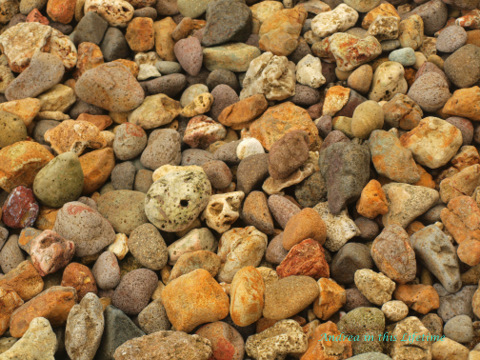Even if rains seldom fall here these days we are still officially in the rainy season, the last few weeks before the dry season begins. But many trees and plants show that they are ready for the dry months. Our national tree, the deciduous hardwood narra or Pterocarpus indicus, already starts to shed its leaves. In the first two months of dry season they are bald and dormant, as if they are in the fall season of temperate countries.
Grasses and weeds are already in their fruiting stages and many already shed their seeds. Annuals are also in the last vestiges of their life cycle, ready to spread their genes to preserve their species.
Since our garden plants are still watered either by rain or by my mother, they are still at their prime, but some symptoms of maturity are already obvious. They are just finishing their last steps of development.
Alternanthera of Family Amaranthaceae
Sanchezia
Aglaonema
Although Aglaonema does not have bulbs, their rhizomes or old stems remain alive during the the dry months. Only 2 or 3 leaves remain alive to make its food. They come alive again after the first heavy rains.
Proiphys amboinensis (?Euricles amboinensis)
This is a bulb plant, and it dries and shed its leaves during the dry season, become dormant and be alive again at the start of the rainy season in May-June.
Chlorophytum or spider plant
Although Chlorophytum doesn't have bulbs, they have fleshy root structures which remain alive with stored energies during summer months. They serve as the first energy source when it rains when it is still trying to produce leaves to manufacture its new food.
Another Alternanthera (ficoidea ?) of Amaranthus Family
Alternanthera (species ?) too of Amaranthus family
Ti plant or Cordylline terminalis
All these plants are not seen during the dry season, they either die or their parts become dormant, to emerge again coming rainy season. The bulbs become dormant during the dry months, but their bulbs just stay alive in the soil. We don't need to uproot them just like in winter climates.
The Caladium:
Caladium bicolor
The Ferns:
The ferns die fully in our area, but they already scattered their spores to germinate and grow when the rains come.
Asparagus plumosus, misleadingly called asparagus fern
native ferns



























































.jpg)

.jpg)